Wednesday 7th May 2025, Crose Mere
Please do not be put off by the title. All will be revealed by reading on.
The outing to Crose Mere was greeted by very warm, calm, sunny weather. We spent most of the day exploring a short section of the vegetation at the edge of the mere, most of which can be seen on the above photograph of the mere, from the land in the foreground, round the lefthand edge to the clump of trees.
The good news is that the combination of the warmth, calmness and damp habitat seemed to bring out a large number of invertebrates.
The even better news is that I have lots of photographs to share.
So. I will restrict my rambling to the bare necessities then focus on the pictures.
On reaching the mere we were met by a tree in the water telling us it was private property and that we should not swim or trespass. I assume that the notice referred to the whole site and not just the tree!
We got down to business.
During the day were accompanied by a Red kite, something that seems to happening more often as they appear to prosper in the county.
Pausing for lunch we noticed how calm the upper atmosphere was by the persistence of the vapour trails left by passing aircraft.
And one of the group paused for a memento of the visit.
As an antidote to all the photographs of the animals we found, here is some Ragged Robin.
As the day drew to a close, a patch of altocumulus clouds cloaked the sun.
OK. Back to the title.
Towards the end of the day, we found this at the water’s edge.
Immediately it was christened Mr Blobby. We are not too imaginative.
But what was it?
Our best guess was an egg mass.
But what species?
Chief suspect was a Caddis fly.
It was taken home by one of the group to try and “grow it on” to see what emerged.
Here is the first report of progress:
“Blobby's Blob Blog #1
“Doing a bit more research it seems that there are only 2 species of caddis in the UK with such an egg mass- Glyphotaelius pellucidus being the most likely. (The other species is restricted to blanket bogs in the Scottish Highlands.) The egg mass also goes by the rather charming name of 'tree snot'. It seems that when the eggs are due to hatch the egg mass drops into the water.
“This all seems to fit but any other ideas are welcome.
“You will be pleased to know that the egg mass, aka Mr Blobby, which is presently in a small jar in my kitchen, appears healthy but there is no sign of hatching yet.”
And now, what you have all be waiting for…
The pictures.
Craneflies
Epiphragma ocellare – recognisable by the circle pattern on its wings.
Ilisia macualata, with the bold block pattern on its wings.
Ptychoptera contaminata – a mainly black fly, with a bold pattern on its wings.
Tipula luna.
Tipula vernalis.
Hoverflies
Rhingia campestris, with its elongated face, that reaches parts of a plant that others can't - does that remind you of an advert for a certain brand of lager?
Myathropa florea showing the “batman” pattern on the top of its thorax.
Eupeodes corollae.
A tachinid fly, Gymnocheta viridis.
A muscid fly, Limnophora tigrina, found on the mud at the edge of the mere.
And finally, a horsefly, Haematopota crassicornis.
Horseflies often have well-patterned eyes and this species is no exception. Here is another photograph of this very smart fly species.
Beetles
The first beetle, Gastrophysa polygoni, was found close to the car park.
Soon after reaching the edge of the mere we found a ground beetle, Elaphrus riparius, known as the Green-socks Peacock.
This was followed by a small ladybird, Scymnus haemorrhoidalis, otherwise called Red-rumped ladybird after the red tip to its abdomen.
Beetles were found throughout the visit. Here are a few more.
Paederus riparius.
Tetrops praeustus, Plum Longhorn.
A tortoise beetle, Cassida rubignosa.
And as we were leaving the site we noticed this.
This is a Ship’s timber beetle, Elateroides dermestoides.
Damselflies
Red-eyed damselfly.
And a Common Blue damselfly.
Spiders
Just the two were photographed.
A Nursery-web spider, Pisaura mirabilis.
And a Gibbaraneae gibbosa, found in a ash tree.
Orthoptera
A Slender ground hopper.
And a Conehead nymph.
Moths
A brightly coloured and very hairy Yellow-tail moth larva.
And a Short-cloaked moth larva.
And to round off the photographs.
A Horse leech, Haemopsis sanguisuga.
And a Ear Pond Snail, Radix auricularia.
Phew!
My thanks to the land owners for granting us permission to enjoy ourselves, to Mags for making the arrangements and to the photographers for providing their excellent images for this report.



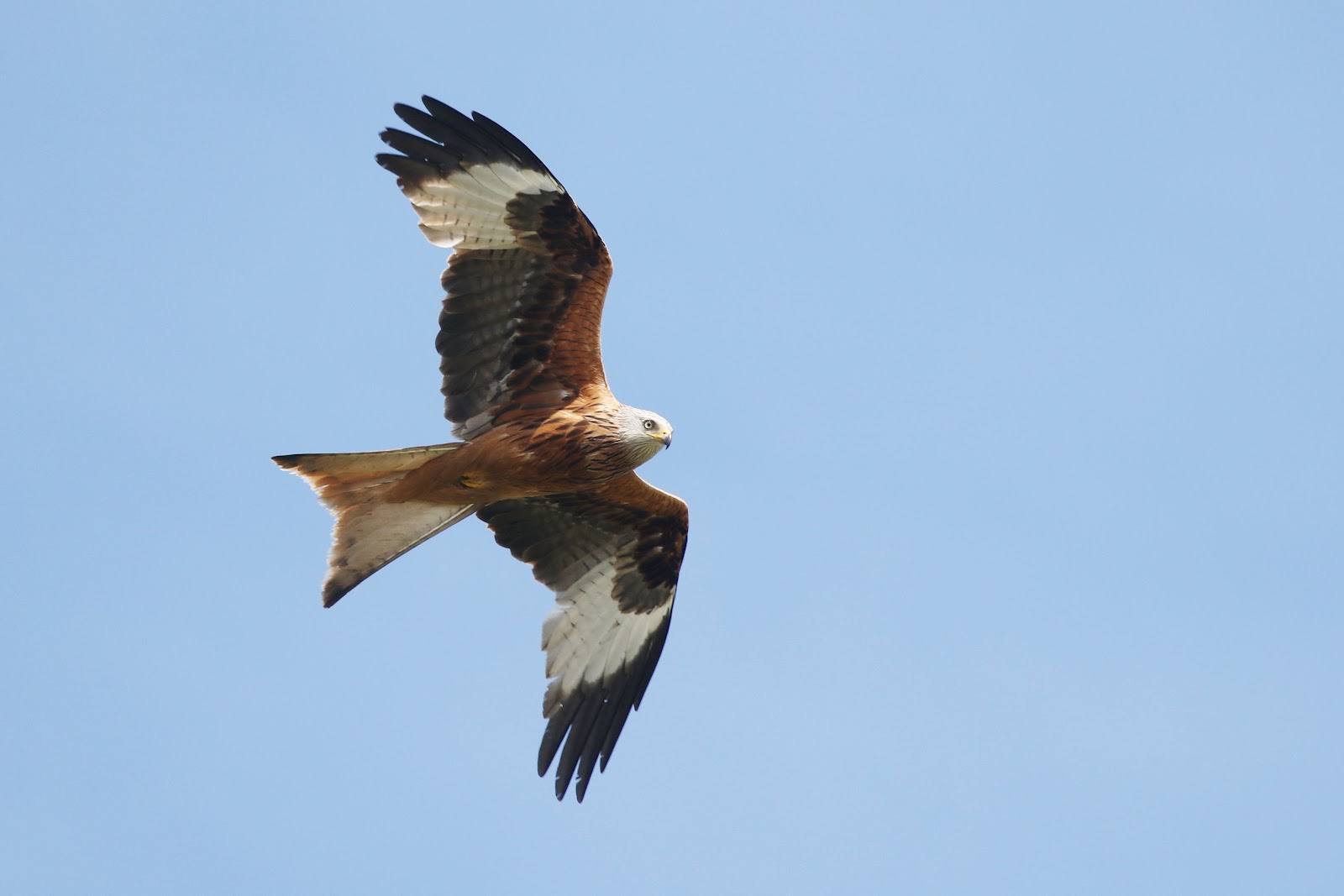

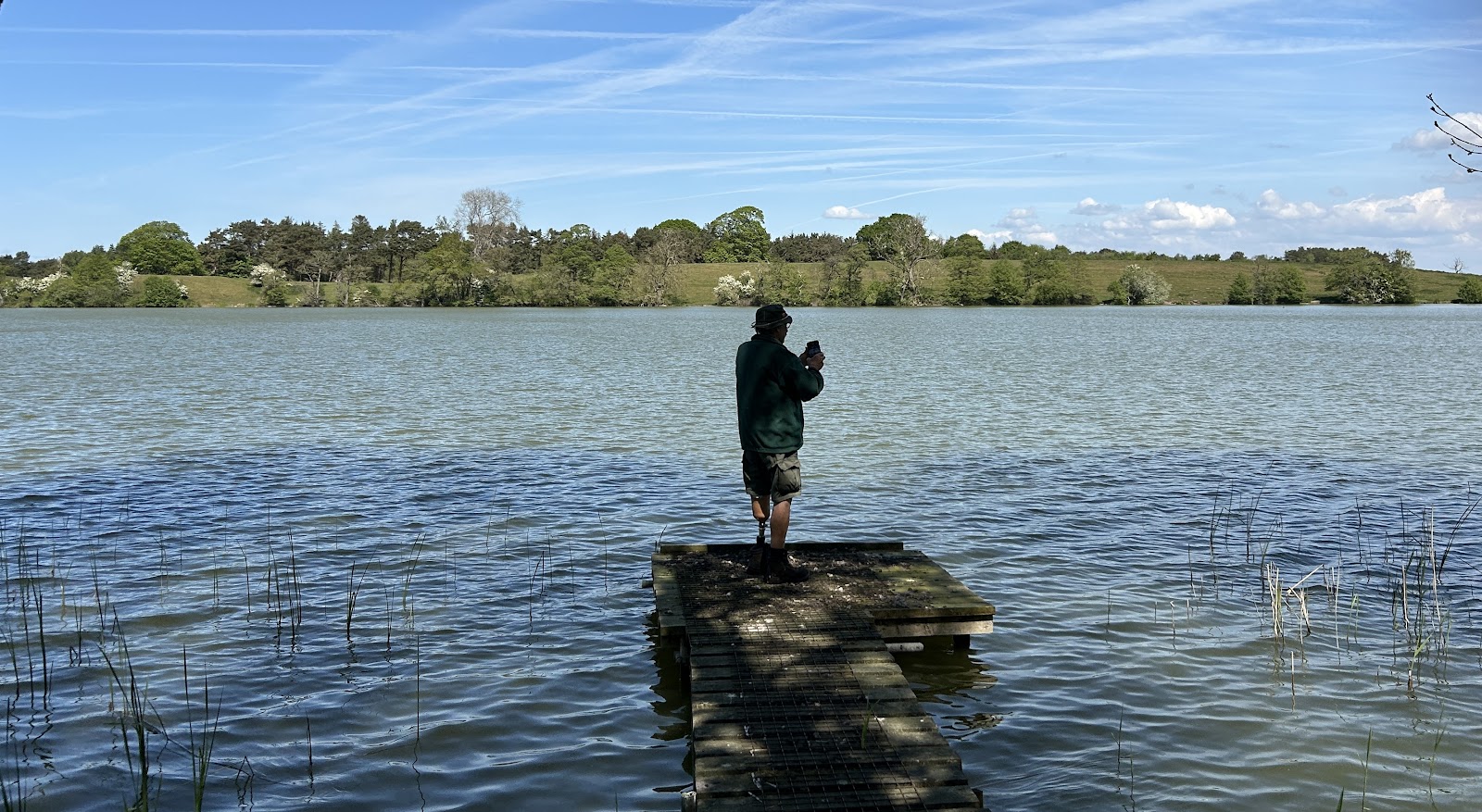
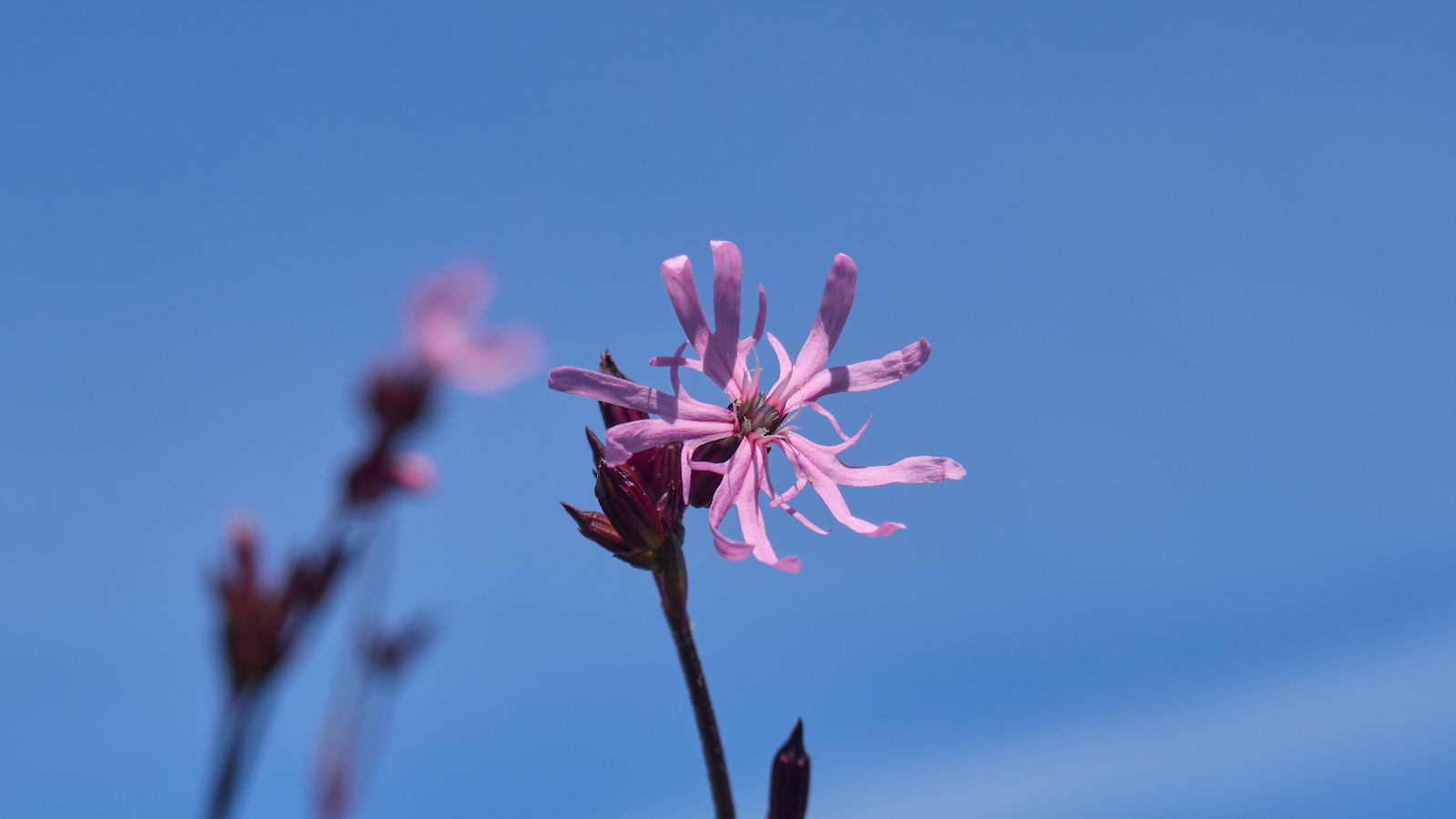


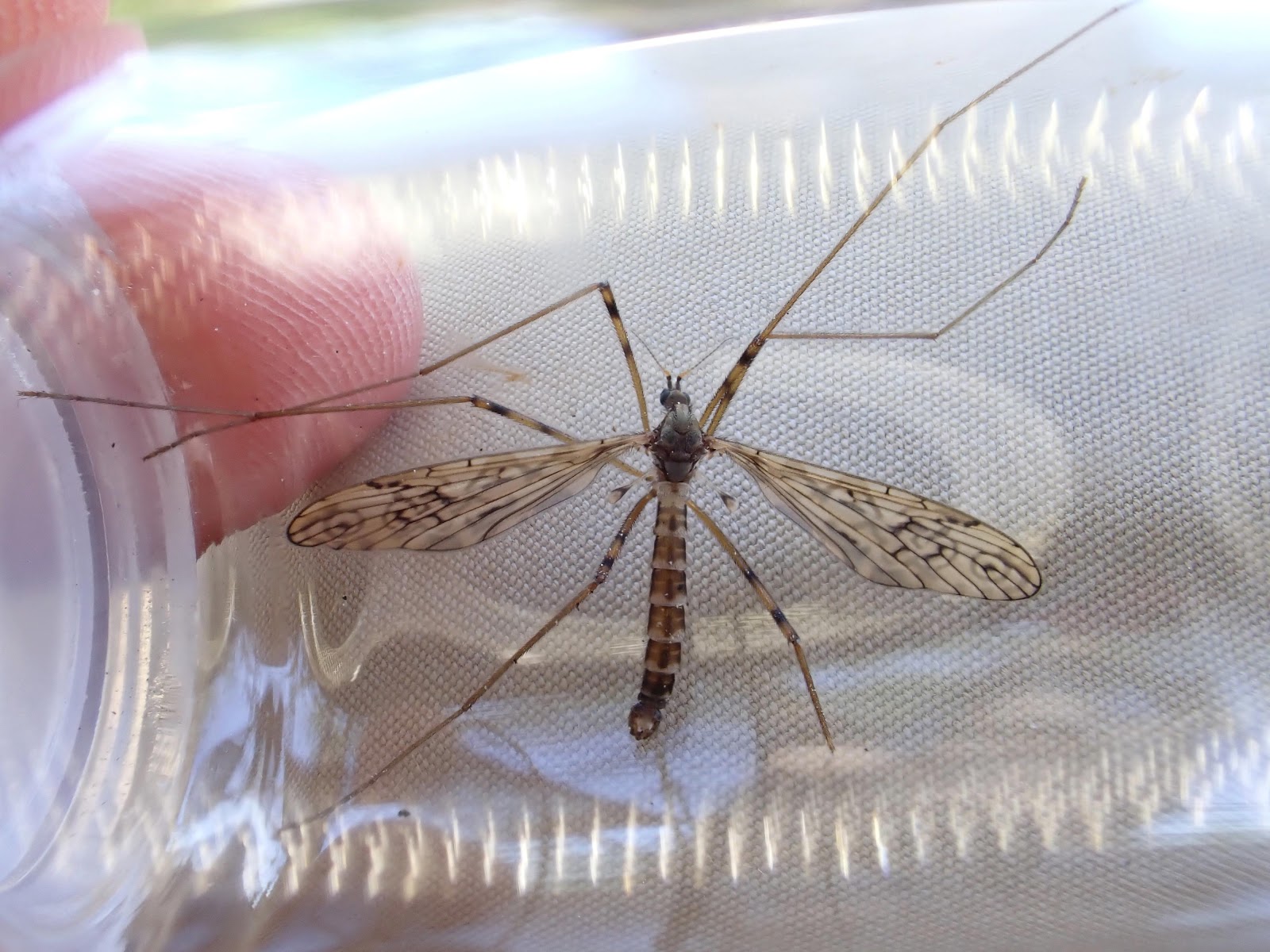
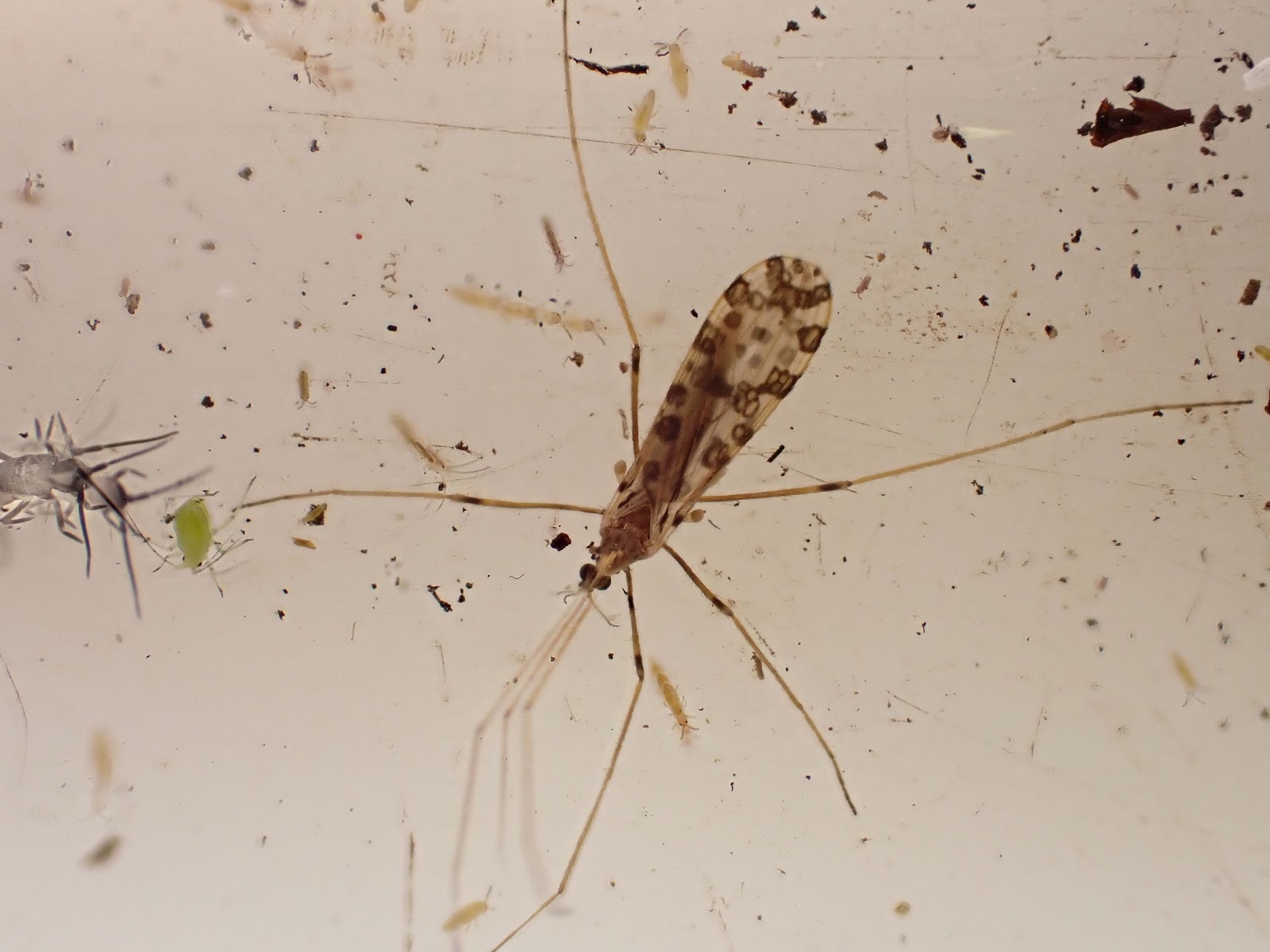
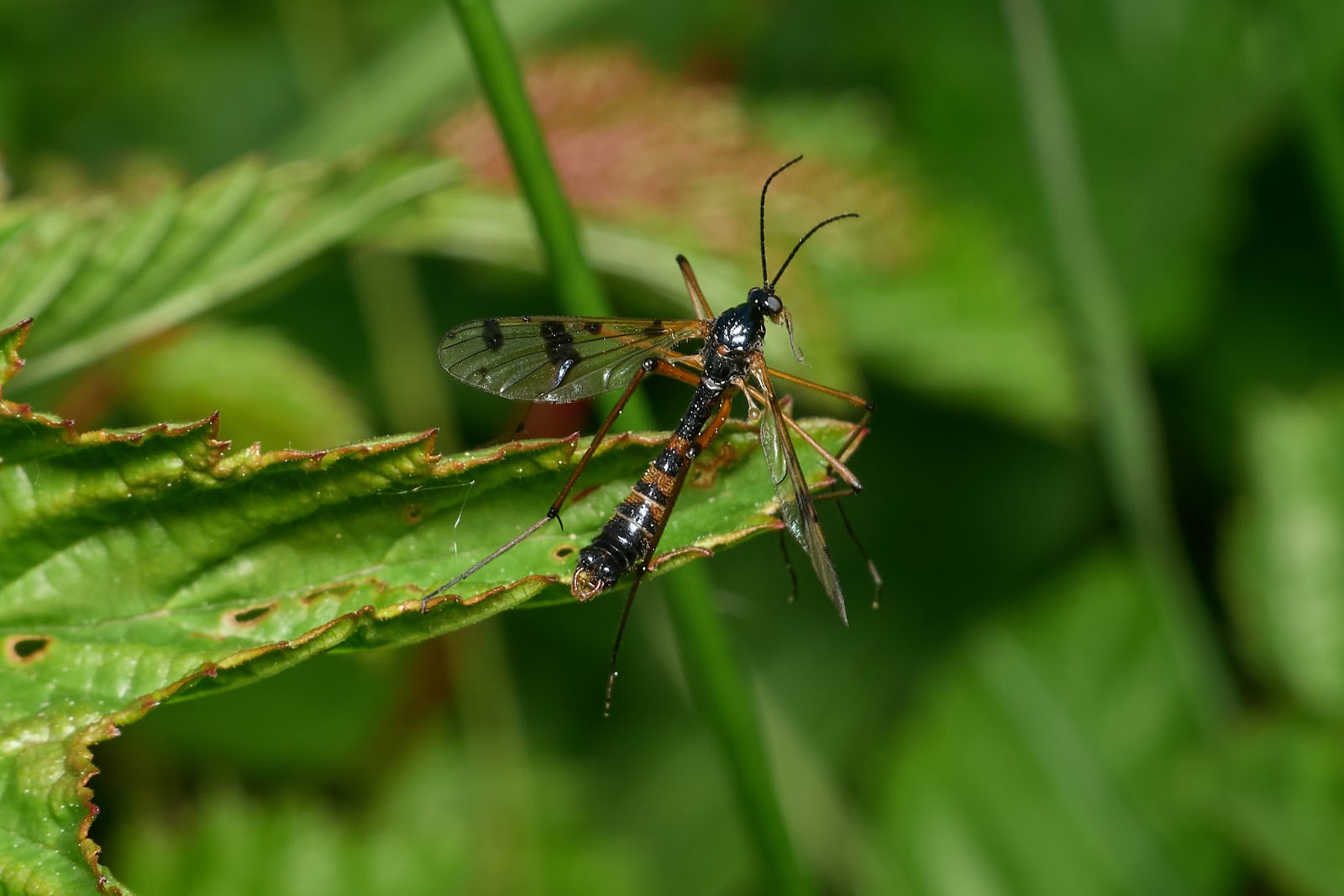





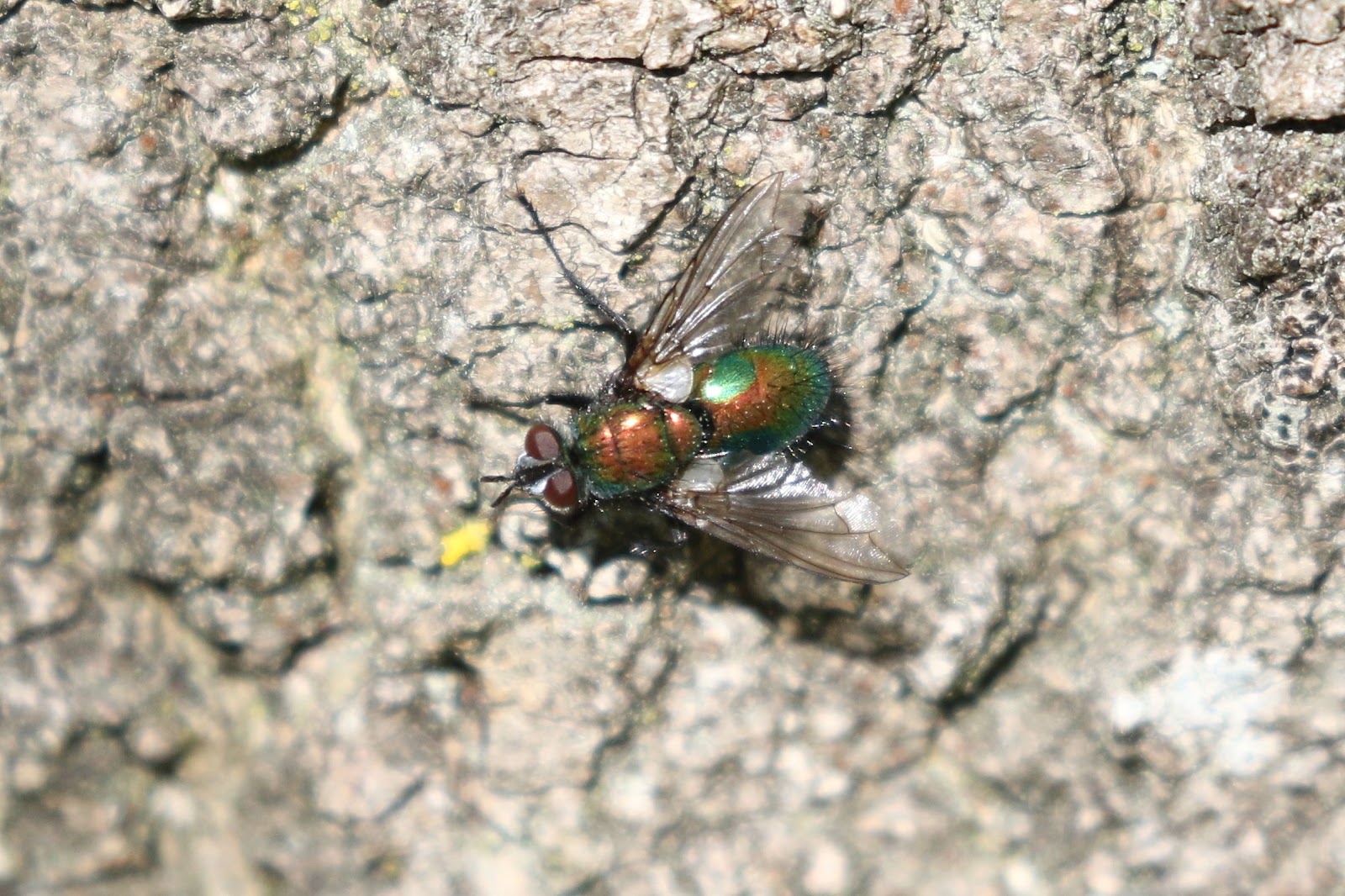

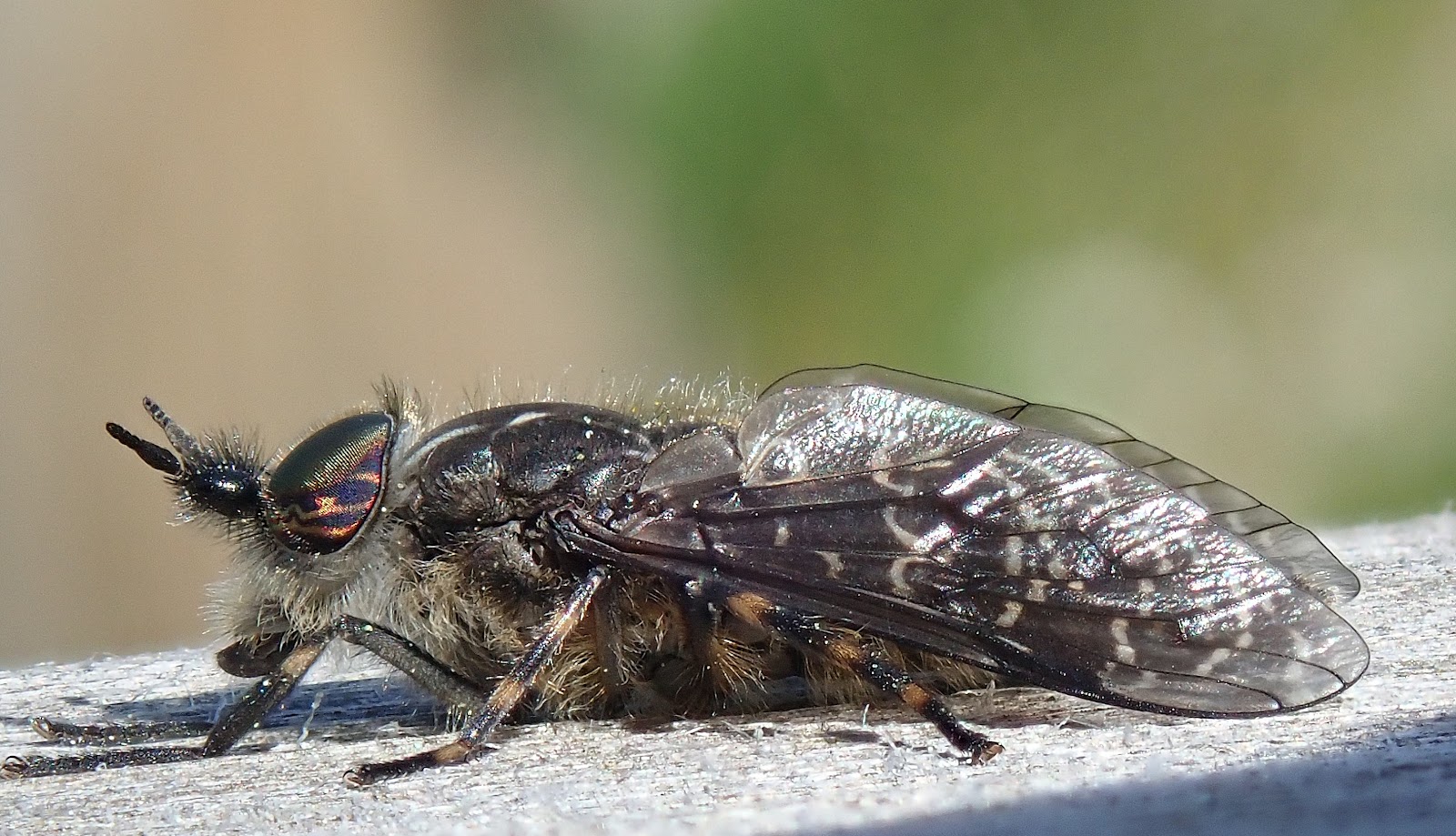



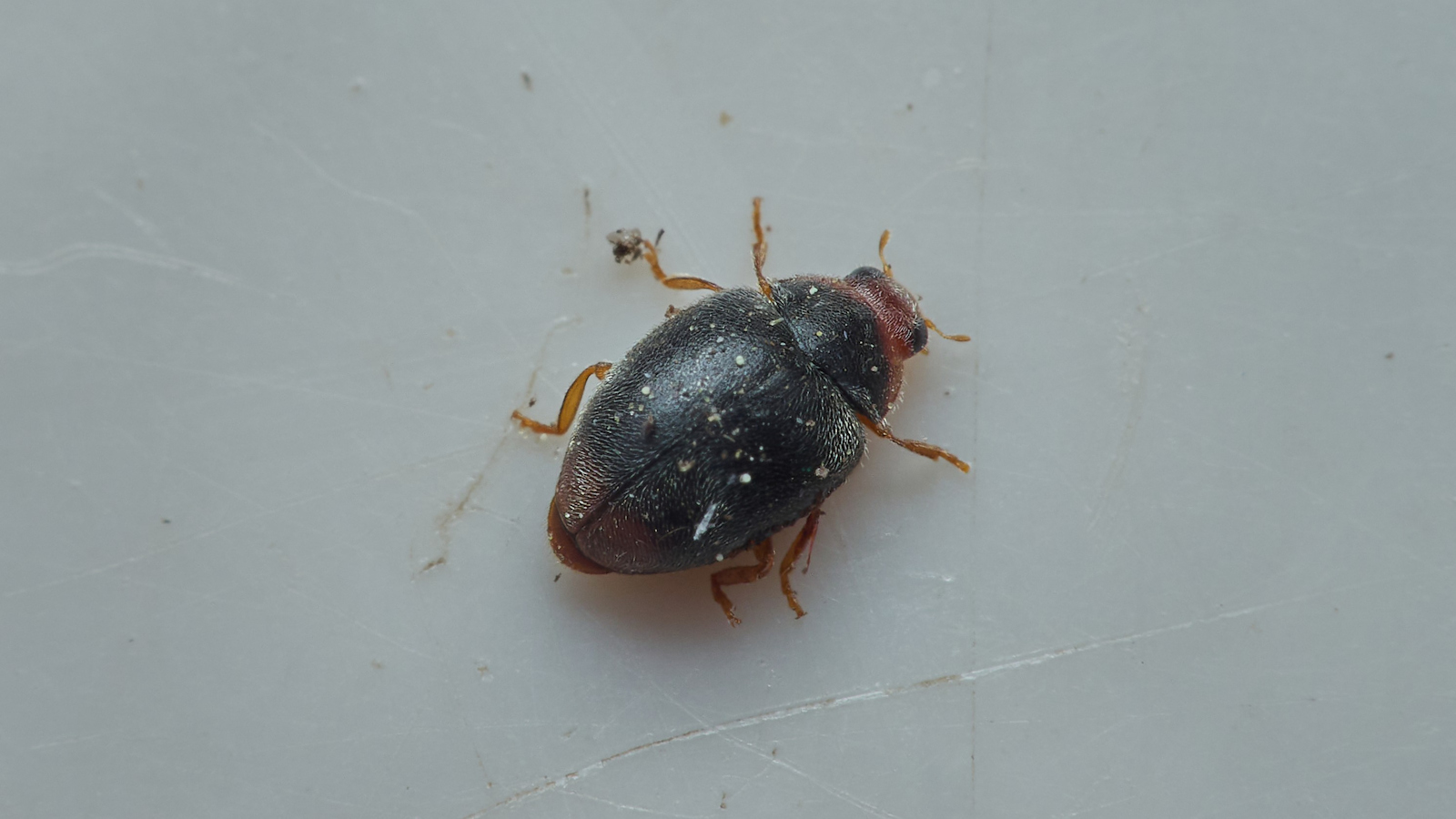


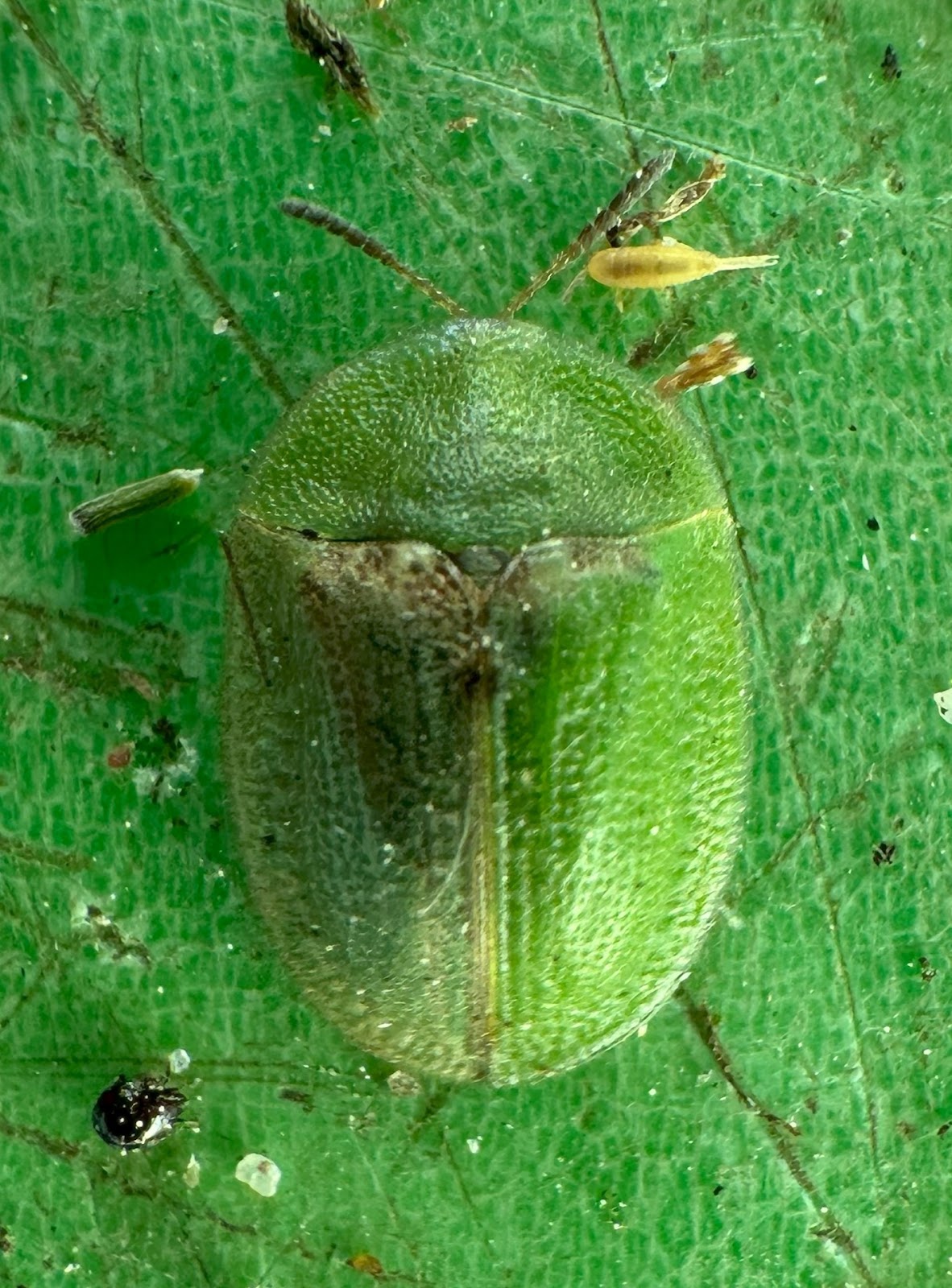







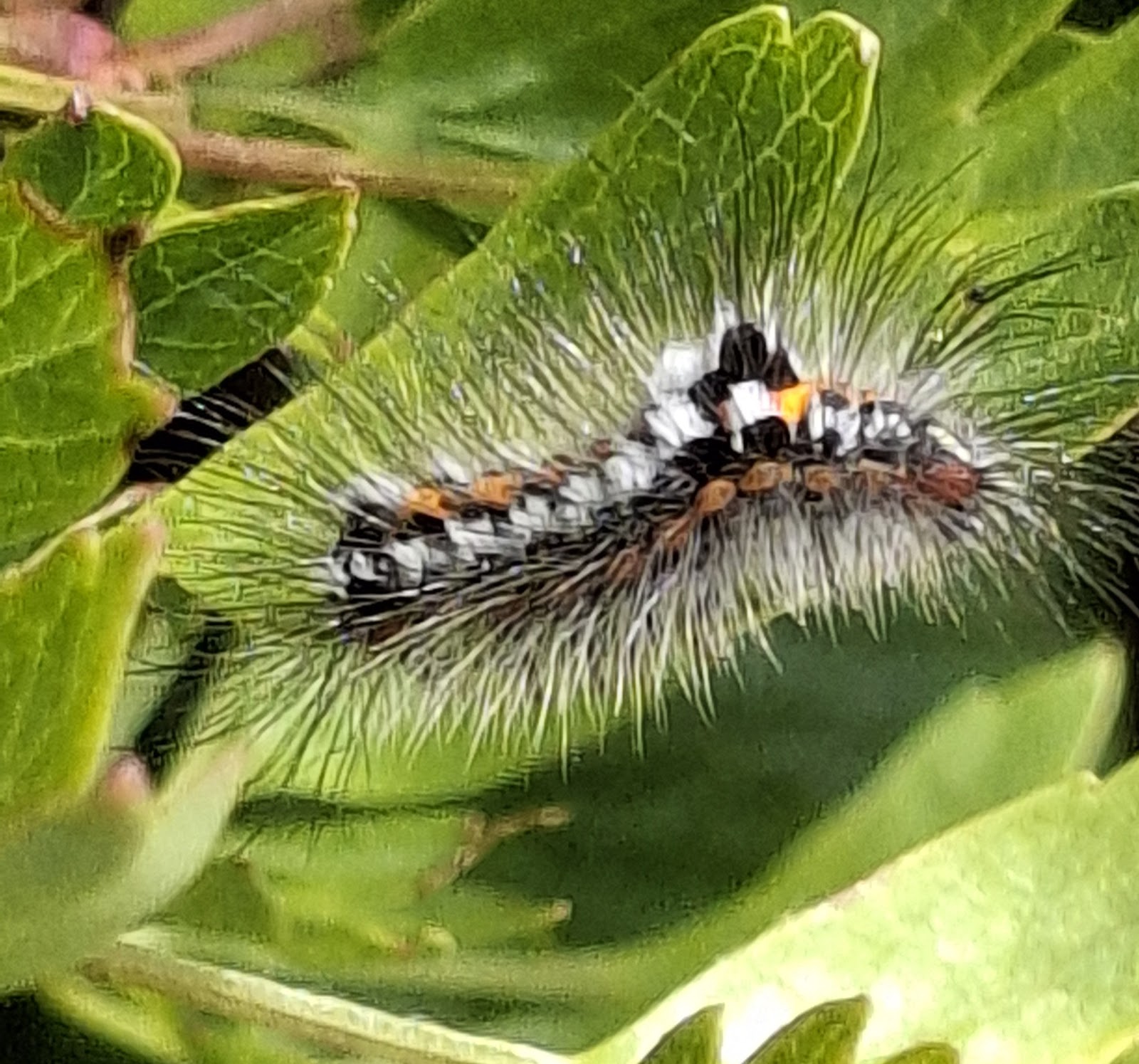







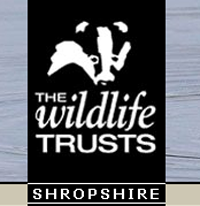

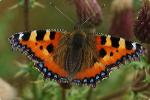




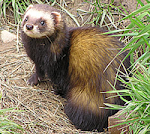

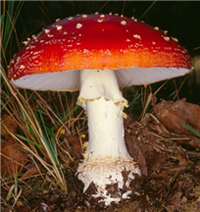





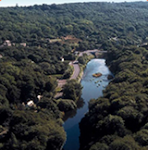






Great, a productive day.
ReplyDelete